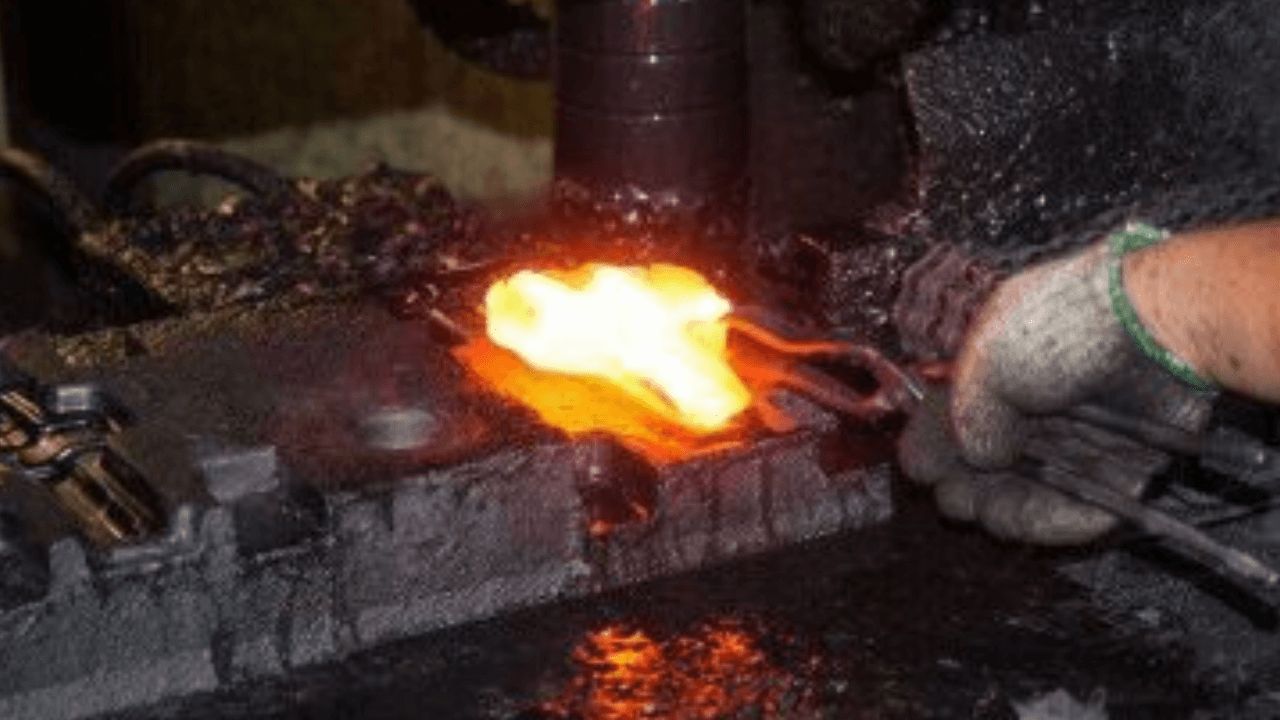Forging stands out among the diverse range of production techniques as a centuries-old method that has developed over time, fusing history with modernity. By creating components with unrivaled strength, durability, and precision, forging parts manufacturers play a crucial role in defining industries. Forging, which has its roots in ancient customs, has developed into a complex craft that forms the framework of several enterprises.
For manufacturers all throughout the world, many businesses provide forged parts. These vendors might range in size from small regional firms to large global conglomerates. Some of the forging parts manufacturer are experts in specific forging techniques, including press forging or hammer forging. Others, in contrast, provide a variety of forging methods to satisfy the needs of their clients.
What Exactly Is Forging?
Forging is a procedure that creates anything by applying pressure and heat to an object. It is commonly used to produce metal products, including machinery, weapons, and tools. Before being formed with hammers, presses, or other tools to achieve the required shape during forging, metal is heated to a high temperature. Both manual effort and mechanical aid are possibilities for this operation. Forging is a typical technique for shaping metal due to its strength and capacity to create components with strong structural integrity.
The Uses of Forged Parts
Due to its longevity and strength, forged parts are utilized in a variety of applications. Forged parts are frequently used in the following applications:
Aerospace
Landing gear, engine parts, and structural components are among the forged items utilized in the manufacturing of aircraft and spacecraft. Given the strain placed on a part during flight, forged parts’ strength is advantageous. An aircraft or spacecraft may be able to successfully continue its mission even in challenging circumstances or with little maintenance by using a forged part to endure high-stress loads.
Automotive
With their specific functions in mind, automobiles are constructed from a wide variety of parts. Forged parts, which are frequently used in the engine block and transmission as well as the suspension and steering parts, are one of the most significant types. Today’s automobiles have forged axles, steering knuckles, drive shafts, transmission cases, drum and caliper brakes, steering knuckles, and steering columns.
Construction
There are several uses for forged parts in the construction sector. Cranes, bulldozers, and other large machinery, for instance, are made of forged steel. In order to make cranes stronger and more resilient while also decreasing their weight by as much as 30%, forged structural steel and iron components are employed in their construction.
Energy
Heavy machinery like wind turbines and oil and gas drilling equipment frequently use forged elements in their design and manufacturing. Additionally, they are employed in the construction of nuclear power plants, a sector where safety is crucial. Greater precision and control are made possible by the forging process, which also protects the metal from being harmed by heat or force and produces a better-finished product.
Marine
In the marine industry, forged components are used to construct ships and offshore structures. They are exceptional mechanically and have a high level of corrosion resistance, which explains this. One ordinary ship or boat can have thousands of pieces, many of which are forged. An entire ship’s hull weighs thousands of tons of forged steel.
Together, these components make up the structure that holds the workers in the air and protects them from rough waters. The ability of forged components to sustain enormous loads and resist corrosion makes it possible to employ them in the construction of ships and offshore oil rigs.
Military
In the military, forged components are utilized to make weapons and vehicles. Although forged parts can be utilized in other sectors of the economy, they are most frequently used in the military due to the variety of duties they can do while still being reasonably priced. Manufacturing, mining, and agriculture are just a few more industries that require forged parts.
Final Talk
Manufacturers of forging parts are essential to the supply of components to industries that must fulfill high-performance standards. Forged parts will continue to be a pillar of superior manufacturing thanks to the confluence of classic forging techniques and contemporary technologies. Because of their versatility, robustness, and precision, forged components are becoming increasingly important in the creation of cutting-edge technology and strong infrastructure as industries change.

